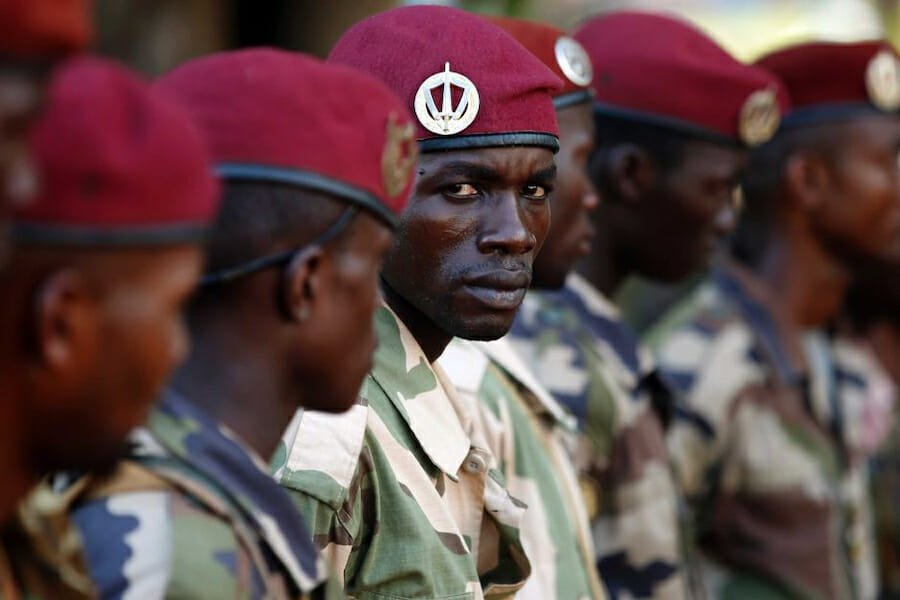
Al Qaeda’s Growing Influence in Central Africa
Earlier this year, the Afghan Taliban called for an end to violence against Muslims in the Central African Republic, where ethnic cleansing has been occurring since the government was overthrown last year. The highly unusual commentary on events so far removed from Afghanistan is significant for the Taliban, demonstrating that it considers itself to be a de facto state actor and has influence on groups allied to Al Qaeda (AQ). Doing so is, in essence, a call to arms for jihadists to descend on the CAR.
The symbolism that lays behind the Taliban statement is significant and may prove to have a profound impact on the future outcome of the CAR conflict and beyond. In conjunction with Boko Haram (which has proven links with AQ in the Islamic Maghreb) and Somalia-based Al Shabab (which joined AQ in 2012), AQ threatens to establish a presence in the CAR. It is believed that up to 80 percent of Seleka fighters originally came from Chad and Somalia, which would indicate an orientation and predisposition to subscribing to AQ’s ideology and tactics. Seleka’s lack of a clear ideology and direction should make it more susceptible to influence from strong external groups such as AQ.
Judging from the gains made by both Al Shabab and Boko Haram over the past year, the CAR and its neighbors should be concerned.
Al Shabab has significantly increased its attacks in Kenya, while Boko Haram has taken credit for the high profile kidnapping of schoolgirls and ongoing attacks on schools, churches, and government facilities throughout northern Nigeria. Both organizations have made a mockery of the militaries of these countries, which appear to be powerless to do much about it.
If established governments in Kenya and Nigeria — with substantial anti-terrorism assistance from the U.S. and other governments — are unable to stem the AQ tide, is there any reason to believe that the CAR government, which is in reality little more than a name, will be able to effectively counter a Seleka allied with AQ?
The CAR is in a rotten neighborhood, surrounded by four other failed states — Chad, the Democratic Republic of Congo (DRC), Sudan and South Sudan. The two Sudans are linked geographically to two other failed states — Eritrea and Ethiopia, which are linked to Somalia. Chad is linked to Niger, which is linked to Burkina Faso and Mali. It is easy to envision the CAR becoming the glue that helps tie them all together to become, what I will call the Coalition of African Failed States (CAFS). That is what France, the U.S., and the UN are so desperately trying to avoid.
The prospect of these countries’ success is regrettably being reduced by the month. The CAR was and remains a failed state, and the current environment provides little justification for optimism that a positive change will occur in the near or medium-term. The CAR may become a template for radical political change in Africa, with militant Islamist extremists gaining greater power throughout the central part of the continent. If that were to occur, the CAR would become a magnet for extremists and a hub for non-state actors — in essence, the Pakistan of Africa, where porous borders and ungovernable terrain make the country a haven for a range of militant jihadists.
Given the rather limited success achieved thus far in that fight, the odds would appear to be in AQ’s favor. We should expect a difficult year throughout Africa, from Algeria to the CAR, where AQ and its affiliates already have a strong presence or are in the process of establishing one. It is certainly possible that AQ will emerge to become the dominant force in the CAR, and that it will metastasize to surrounding states. Should that happen, the CAFS could indeed become a reality.

